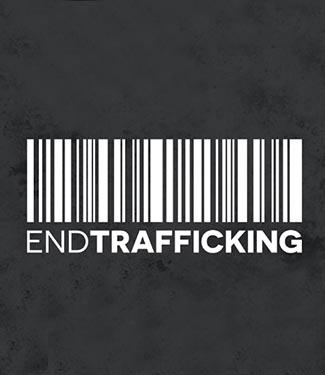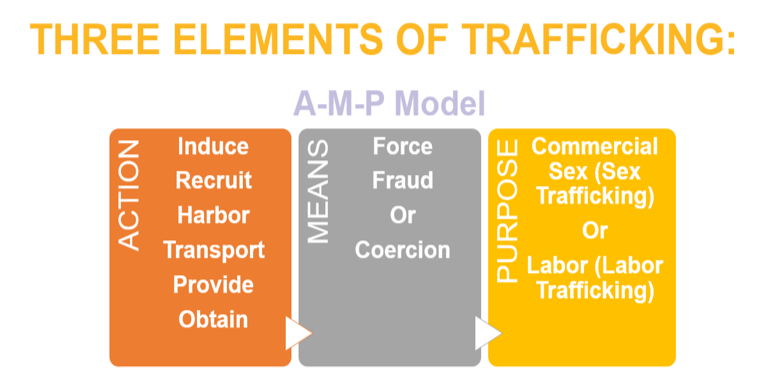What do I need to know about human trafficking and why?

by Karen Romero, Freedom Network Training Institute Director
What Is Human Trafficking
The issue of human trafficking has gained tremendous attention over the last two decades. The relatively new “popularity” of this crime has provided needed protections for survivors and resources for victim service providers in the field, however it has also allowed for misconceptions. Similar to domestic violence and sexual assault, human trafficking can affect any individual regardless of age, gender, sexual orientation, gender-identity, religion, citizenship or immigration status or nationality. Still, it is important to acknowledge that some (or populations) individuals can have heightened vulnerabilities to trafficking. The crime of human trafficking is at its core a human rights violation, exploiting an individual for economic gain. Communities that are poor, disenfranchised, and underserved are often the most vulnerable.
There are three elements in the federal definition of a survivor of human trafficking which is often referred to as the A-M-P model. It includes an action on the part of the trafficker, means or type of exploitation, and purpose for the trafficker to gain financially. Trafficking requires at least one element from each section of the A-M-P model. In the case of sex trafficking of minors under the age of 18, a means (force, fraud, or coercion) is not necessary, federal law presumes that all minors engaged in commercial sex are eligible for benefits and services for human trafficking survivors under the TVPA.
